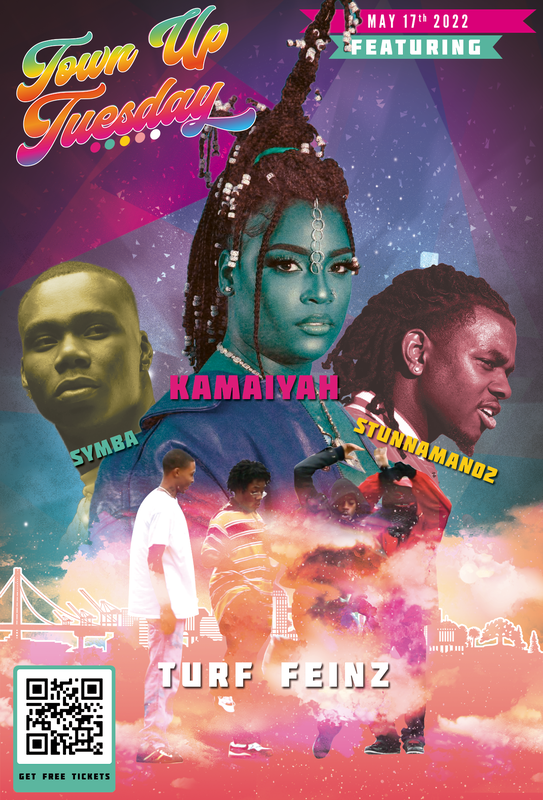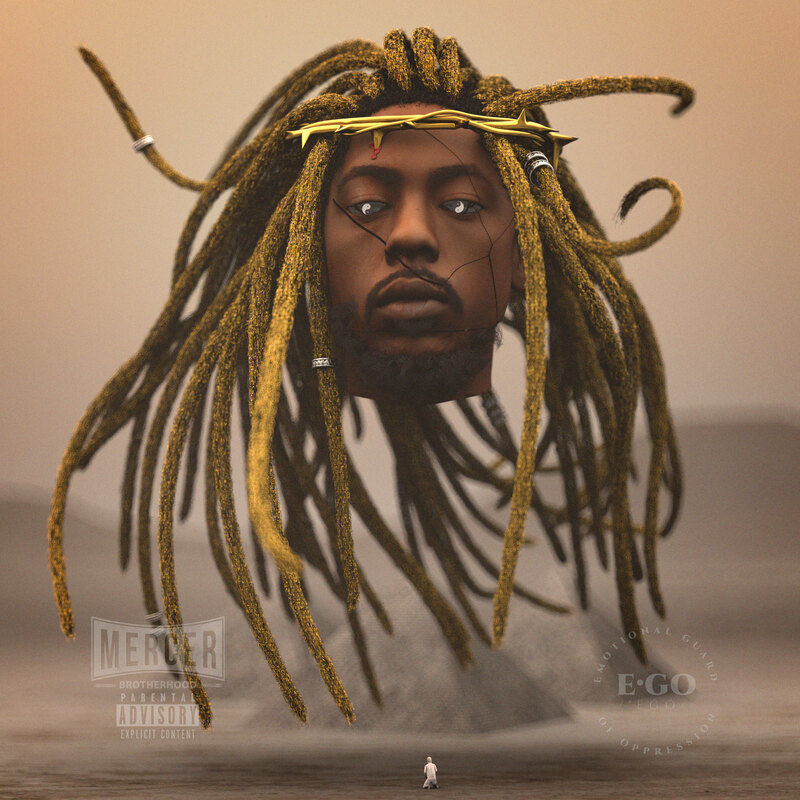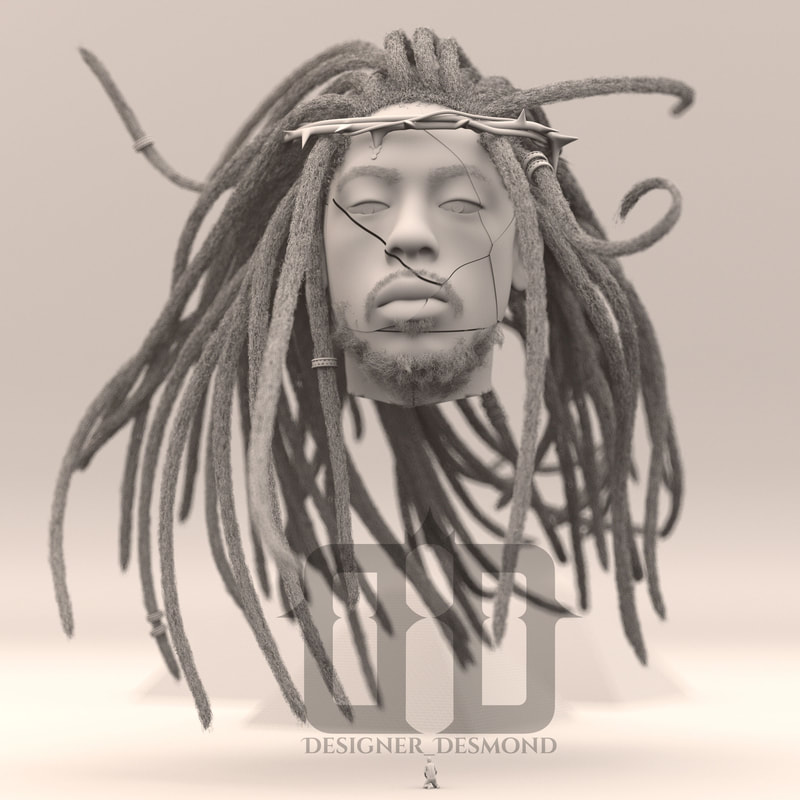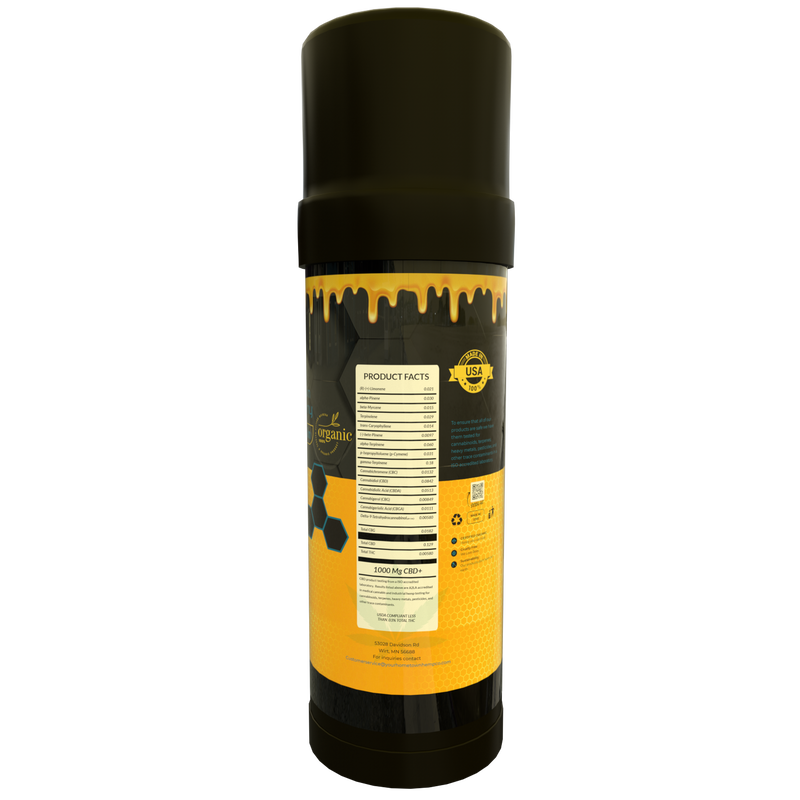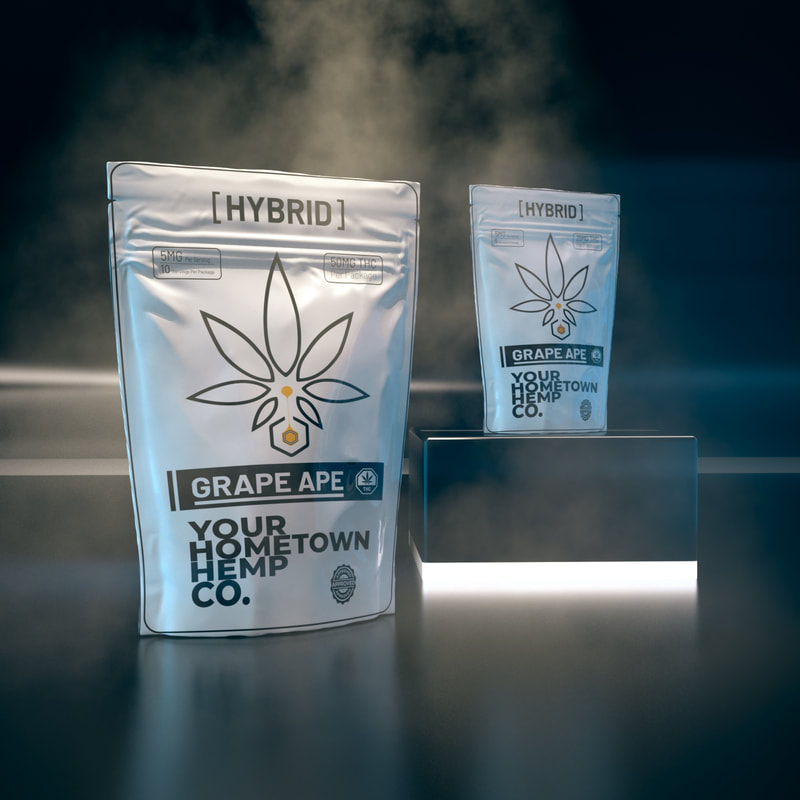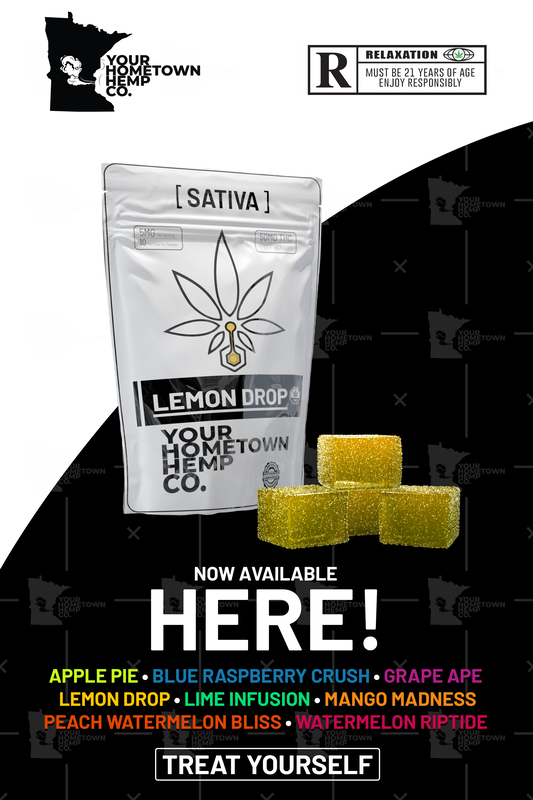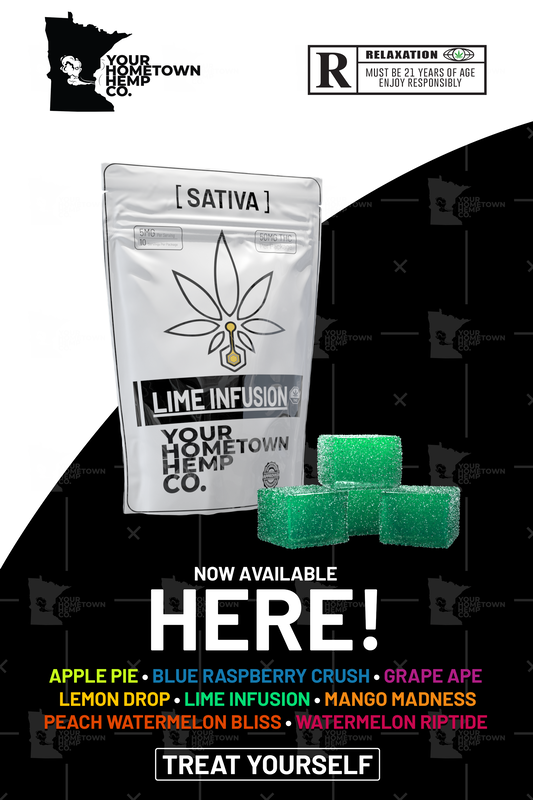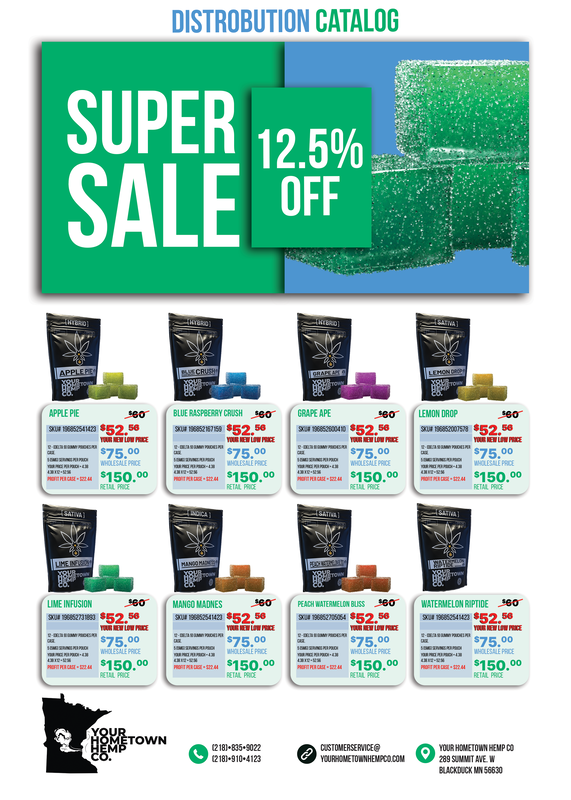NOTE: Click the plus (+) button to reveal more about the project details
Event campaign (Branding and print design)
A dynamic branding initiative for Urban Peace Movement, an Oakland based social justice organization empowering youth to drive change and equity aligned with their own individual convictions. The event? "Town Up Tuesday," a term coined by the visionary ED, Nicole Lee. Collaborating closely with U.P.M.'s media manager, I cultivated visionary concepts and seamlessly translated them into reality. We forged a striking logo, designed eye-catching print flyers, orchestrated impactful social media campaigns, and crafted an impressive stage banner. This comprehensive branding effort created a resonant visual narrative, amplifying the message at the heart of the event.
Logo / T-Shirt Design for Town Up Tuesday
4x6 Glossy Club style flyers & Mockup. 5k Copies printed.
Large Banner Design 20ft wide and 10ft tall.
Artists / Social Media Flyers.
Style Guide
Photos from the event
KQED Article <--- click to view article (https://www.kqed.org/arts/13913540/photos-town-up-tuesday-oakland-lake-merritt)
Urban Peace Movement Website <--- click to view website
Key Art Package (Print Design)
E.G.O. Emotional Guard of oppression
E.G.O. Designed by Desmond: Where Art and Music Collide
Imagine a world where art and emotion intertwine. This is the branding and design for E.G.O. (Emotional Guard of Oppression), brought to life through Desmond's incredible design.
Using a mix of 2D and 3D software, Desmond has crafted something special. He portrays an artist as a powerful figure, while a scientist humbly kneels before them. This art captures E.G.O.'s music essence — deep feelings combined with thoughtful exploration.
Desmond's work made E.G.O.'s music stand out. People love the design and can't wait to listen. The art draws them in, making them want to experience the music that inspired it.
Discover the magic where Desmond's creativity meets emotion in E.G.O.'s world.
Listen with your heart. See with your soul.
Imagine a world where art and emotion intertwine. This is the branding and design for E.G.O. (Emotional Guard of Oppression), brought to life through Desmond's incredible design.
Using a mix of 2D and 3D software, Desmond has crafted something special. He portrays an artist as a powerful figure, while a scientist humbly kneels before them. This art captures E.G.O.'s music essence — deep feelings combined with thoughtful exploration.
Desmond's work made E.G.O.'s music stand out. People love the design and can't wait to listen. The art draws them in, making them want to experience the music that inspired it.
Discover the magic where Desmond's creativity meets emotion in E.G.O.'s world.
Listen with your heart. See with your soul.
EXECUTIVE Summaries and impact statements (INFOGRAPHICS and print design)
Organizational Executive Summary for United Roots
In my role as the Senior Designer and Program Manager at United Roots Oakland, in one of my roles I undertook an annual responsibility of gathering departmental data. Collaborating closely with the Executive Director and my direct supervisor, I orchestrated the creation of an annual report meant for both the community and our funders. I bring with me multiple years of expertise in crafting comprehensive organizational and impact summaries.
Cryto Colo Center Impact statement
I crafted an informative graphic for Cryto Colo Center (CCC), a company that's publicly traded. While creating the infographic, I had access to a wealth of information and was guided to include the provided data. Some details that were pending collection would be integrated after I submitted the final version to CCC. This project was particularly enjoyable because I had previously designed the CCC logo for the company. Throughout the years, the liaison for the company and I have nurtured a strong working relationship. It seems we have a natural understanding of each other's requirements.
Packaging & Mockups - (branding and print design)
Designer Desmond collaborated closely with Your Hometown Hemp Company to enhance their branding for an exceptional product that was struggling to gain traction. The product had immense potential, but it required a chance for people to experience it firsthand. Through thorough discussions about the target audience, it became evident to Desmond that the existing design didn't resonate well with the younger crowd.
In-depth conversations about the product's composition highlighted the significance of a key ingredient: beeswax. Leveraging this insight, we ingeniously crafted a brand that captivated the attention of a younger demographic. The transformation was remarkable, breathing new life into the product's identity.
Desmond has been working with YHHC for years now and have embarked on several product lines and launches including Packaging for THC/CBD Gummies, THC infused drinks and more.
The outcome of our collaboration speaks volumes. Below, you'll find a glimpse of the remarkable results achieved through our efforts.
In-depth conversations about the product's composition highlighted the significance of a key ingredient: beeswax. Leveraging this insight, we ingeniously crafted a brand that captivated the attention of a younger demographic. The transformation was remarkable, breathing new life into the product's identity.
Desmond has been working with YHHC for years now and have embarked on several product lines and launches including Packaging for THC/CBD Gummies, THC infused drinks and more.
The outcome of our collaboration speaks volumes. Below, you'll find a glimpse of the remarkable results achieved through our efforts.
What is Branding?
Branding refers to the process of creating a distinct and recognizable identity for a product, service, company, or individual. It encompasses various elements that collectively shape how the entity is perceived by its target audience. Branding goes beyond just a logo or a visual design; it encompasses the overall experience, emotions, and associations that people have when they interact with or think about a particular entity.
Key components of branding include:
Effective branding can lead to increased customer loyalty, improved recognition, and a competitive edge in the market. It's a strategic effort that combines design, communication, and consumer psychology to establish a strong and lasting presence in the minds of consumers.
Key components of branding include:
- 1. Logo and Visual Identity: This is often the most recognizable aspect of a brand. It includes the logo, color palette, typography, and other visual elements that create a consistent and memorable visual representation.
- 2. Brand Messaging: This involves developing a clear and cohesive message that communicates the entity's values, mission, and unique selling points. It encompasses the language used in advertising, taglines, slogans, and other forms of communication.
- 3. Brand Personality: Brands are often personified with specific traits and characteristics. This helps consumers relate to the brand on a more personal level and establish emotional connections.
- 4. Consistency: Maintaining a consistent brand image across all touchpoints, such as packaging, website, social media, and advertising, is crucial for building recognition and trust.
- 5. Customer Experience: The overall experience customers have with a brand, including interactions with products, customer service, and the ease of navigation on a website, greatly influences brand perception.
- 6. Target Audience: Identifying and understanding the intended audience is essential for tailoring the brand's message and design to resonate effectively.
- 7. Differentiation: A successful brand stands out from the competition by offering something unique and valuable to its audience. This could be in terms of product features, customer service, or brand values.
- 8. Emotional Connection: Strong brands evoke emotions and create a sense of loyalty among their customers. This connection is often built through relatable stories, shared values, and memorable experiences.
- 9. Brand Extensions: As a brand gains recognition and trust, it might extend its presence into new products or services that align with its core identity.
Effective branding can lead to increased customer loyalty, improved recognition, and a competitive edge in the market. It's a strategic effort that combines design, communication, and consumer psychology to establish a strong and lasting presence in the minds of consumers.
What is print design?
Print design refers to the creation of visual materials intended for physical distribution, typically in the form of printed media. It involves designing various types of materials, such as brochures, posters, flyers, business cards, magazines, newspapers, packaging, and more. Print design focuses on creating layouts that effectively convey information, engage the audience, and enhance the overall visual appeal of the material.
Key aspects of print design include:
Key aspects of print design include:
- 1. Layout and Composition:** Designers arrange text, images, and graphics on a page to create a visually appealing and organized layout. The arrangement guides the reader's eye and makes the content easy to understand.
- 2. Typography:** Selecting appropriate fonts, sizes, and spacing is crucial for readability and conveying the intended tone or message. Typography choices can influence how readers perceive the content.
- 3. Color Palette:** Colors play a significant role in setting the mood and conveying the brand's identity. Designers choose a harmonious color palette that aligns with the material's purpose and target audience.
- 4. Images and Graphics:** High-quality images, illustrations, and graphics are used to complement the content and enhance its visual impact. Visual elements can help convey complex ideas and evoke emotions.
- 5. Branding Consistency:** Print materials often carry a brand's identity, so designers ensure that the materials align with the brand's visual guidelines, maintaining a cohesive look and feel.
- 6. Print Specifications:** Designers need to consider the technical aspects of printing, such as resolution, color mode (CMYK), bleeds, and margins, to ensure that the final printed result matches the intended design.
- 7. Audience Consideration:** Design choices are made with the target audience in mind. Different demographics and purposes might call for different design approaches.
- 8. Hierarchy of Information:** Important information is given prominence using hierarchy techniques like size, color, and placement, helping readers easily understand the content's structure.
- Print design is a creative and strategic field that involves translating concepts and ideas into visually compelling materials that can be physically distributed to engage, inform, or persuade an audience.














